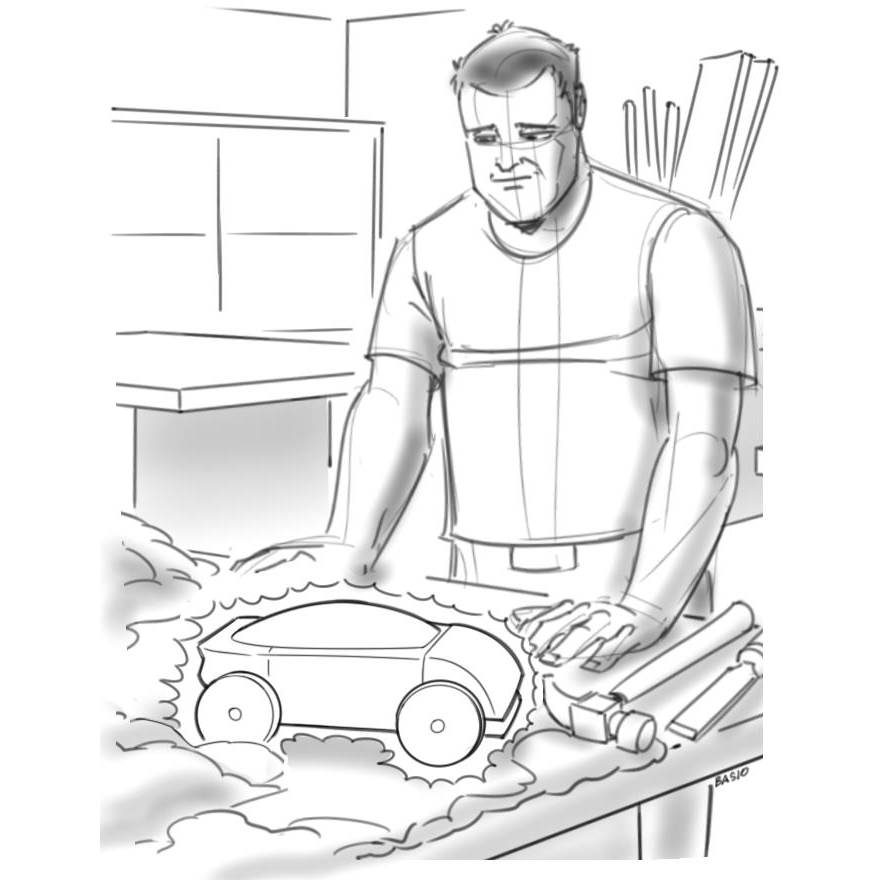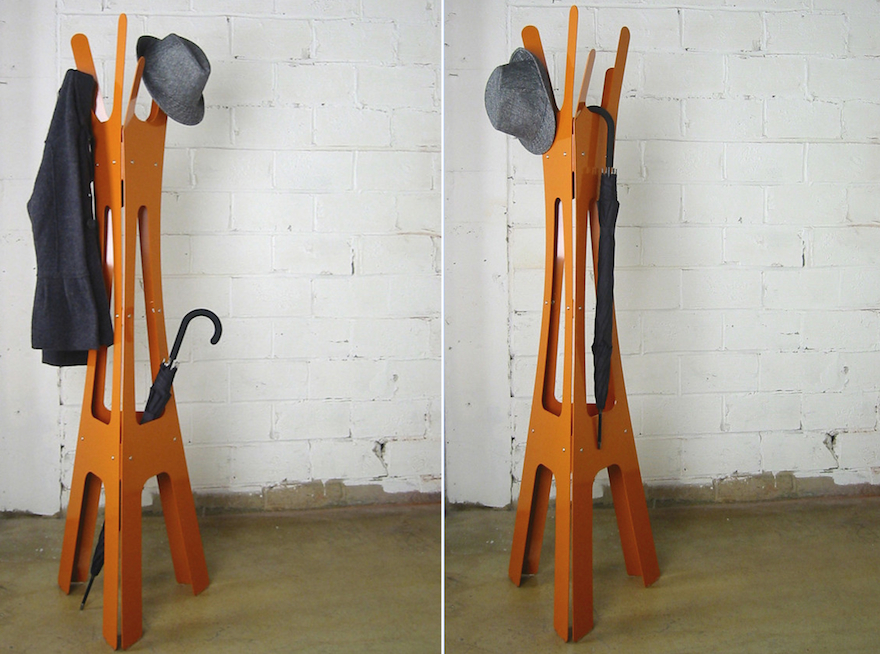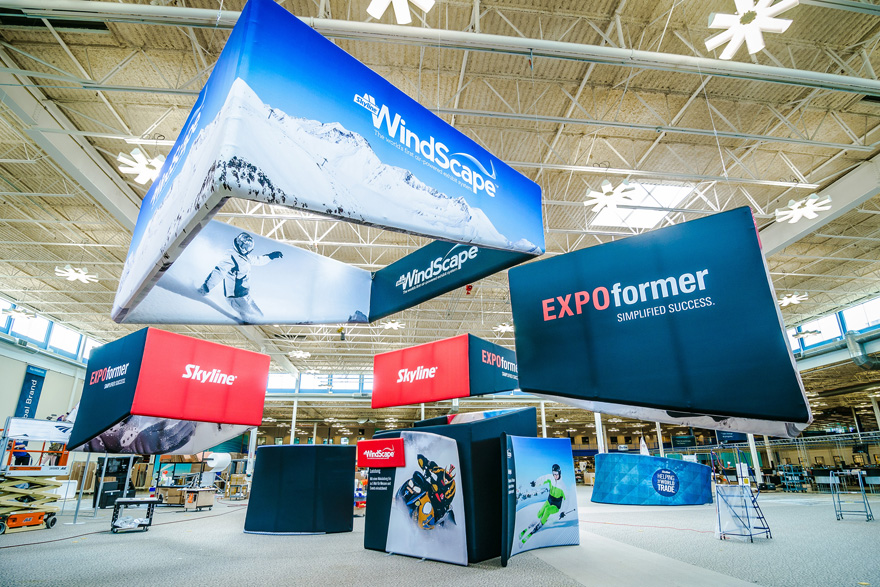
Editor: In some ways, this is really Core77's first-ever True I.D. Story! Told to us years ago by designer and entrepreneur Pat Calello, this charts his challenging course from wide-eyed design student to CEO of his own company. Here it is, in his own words.
Many of us can recall the pride we felt the first time we spotted a product that we had a hand in designing sitting on a store shelf. And this pride turns to absolute nirvana when that product is your product—something that you've brought to market completely born of your vision and manufactured by your own company.
The story I'm about to share with you chronicles my journey with Automoblox, a product that started out as a school project and ultimately turned into a full-time obsession. My road to nirvana was a dark and bumpy one, fraught with emotions that ranged from exhaustion and panic to frustration and rage. But the day I delivered the first order for Automoblox to a small toy store in Darien, Connecticut was a day that rivals only the day that my daughter was born.

The Starting Line
The high school I attended didn't present awards for "most likely to design stuff." Nonetheless, I was pretty good at it (for an 18 year old) and headed to Carnegie Mellon University to study graphic design. Fortunately for me, CMU lumped together aspiring artists and aspiring designers into a basic Art School where students were exposed to art, 2D and 3D design. Like many of us, it was in a basic 3D design class where I first learned of the Industrial Design profession—a turning point for me. My future took on a new direction as I abandoned graphic design and pursued a future in I.D.
During the fall of my senior year, a local wood manufacturer came to campus, offering to sponsor a project challenging students to come up with new products for the wooden hobby market. Being a car-guy, I immediately rolled up my sleeves and worked on a novel wooden car concept. Soon after, the wooden car idea evolved into a modular wooden toy system—one that inspired children to design their own cars instead of simply duplicating an image displayed on a package. I was intrigued with the idea of an interchangeable toy system that would be both fun and educational, and with one semester left until graduation, I developed the first Automoblox prototypes during that class.
Along with the design development, I spent much of my final semester in 1993 discovering that it was going to take more than a business minor to bring my vision of Automoblox to market. A cousin who had contacts in the toy industry put me in touch with a retired buyer from Toys R Us, who, while impressed with my wooden cars, advised me that they would need to retail for the low price of $14.99. At that price, I couldn't see any possibility of my making money on the project, and, stepping back from the cut-throat nature of the toy world, shelved the Automoblox idea, deciding to take a safer, more familiar road for awhile.
(more...)

















































